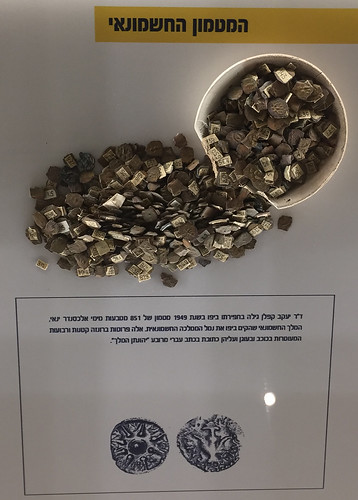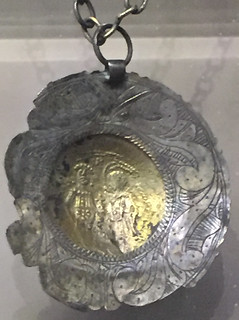
PREV ARTICLE
NEXT ARTICLE
FULL ISSUE
PREV FULL ISSUE
BOB LEONARD'S NUMISMATIC MEDITERRANEAN CRUISEBob Leonard has been traveling abroad and filed this report on his numismatic visits. -Editor
Like Numismatourist (TM) Dr. Howard M. Berlin, I like to see coin exhibits when traveling. On a Mediterranean cruise with Viking last month, I visited museums in Naples, Heraklion, Jerusalem, Jaffa, Nicosia, Rhodes, Delos, and Delphi, but regrettably missed meeting the curator of the Vatican Numismatic Cabinet (Medagliere) because of a bad flight connection. Museo Archaeologico Nazionale di Napoli Heraklion Archaeological Museum Israel Antiquities Authority This is NOT an exhibit, and I was given permission because I wanted to see some coins referenced in a paper I had just submitted for a publication coordinated by the IAA. (Donald also mentioned that a paper I published in 1997 is going to be cited in another paper in 2017, very gratifying.) 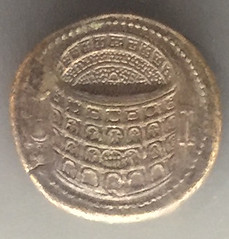 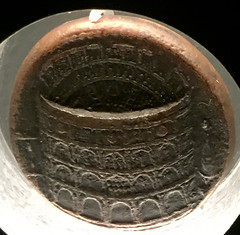 The IAA offices are on the campus of the Israel Museum, which is a must for anyone visiting Jerusalem, though off the beaten path. At the time of my visit they had a temporary exhibit of 75 Roman gold coins from the Victor Adda Collection, beautifully displayed in a rotunda. These don't photograph well, but the museum provided two leaflets, Faces of Power and Coins in the Exhibition, identifying every coin and putting them in context. The Israel Museum also includes many choice examples of ancient Jewish coins, as you would expect, but also TWO superb examples of the Colosseum sestertius of Titus, in different rooms. 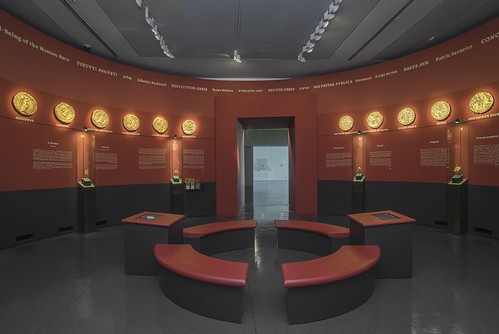 Old Jaffa Museum of Antiquities Cyprus Museum 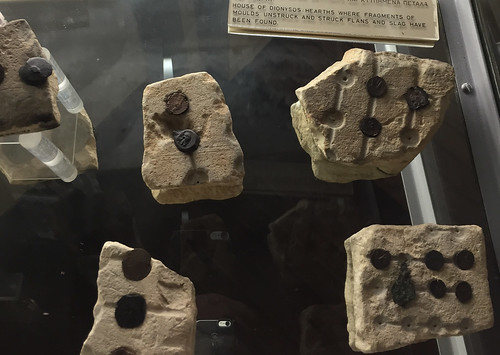 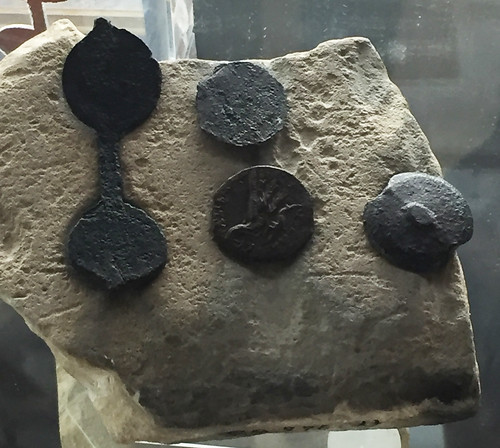 Among objects recovered were open limestone molds and planchets from the Ptolemaic mint at Paphos. These bronze coins were struck on cast planchets, like ancient Jewish bronze coins; a hole was drilled to center a compass, then the circular mold scraped out around that and sprues and runners cut in. A number of these molds are shown in the exhibit; in some of the openings planchets have been inserted, showing either the boss from the centration hole or the smooth upper side, while in others struck coins have been inserted for exhibit purposes. Coins from the Roman period are also displayed. Leventis Municipal Museum While the museums in Rhodes (Archaeological Museum), Delos, and Delphi hold many wonderful things, there is nothing numismatic in them. My advice: plan ahead when traveling, and let the local guides know that you are interested in coins. To read the earlier E-Sylum articles on the Victor Adda Collection, see:  Wayne Homren, Editor The Numismatic Bibliomania Society is a non-profit organization promoting numismatic literature. See our web site at coinbooks.org. To submit items for publication in The E-Sylum, write to the Editor at this address: whomren@gmail.com To subscribe go to: https://my.binhost.com/lists/listinfo/esylum All Rights Reserved. NBS Home Page Contact the NBS webmaster 
|
